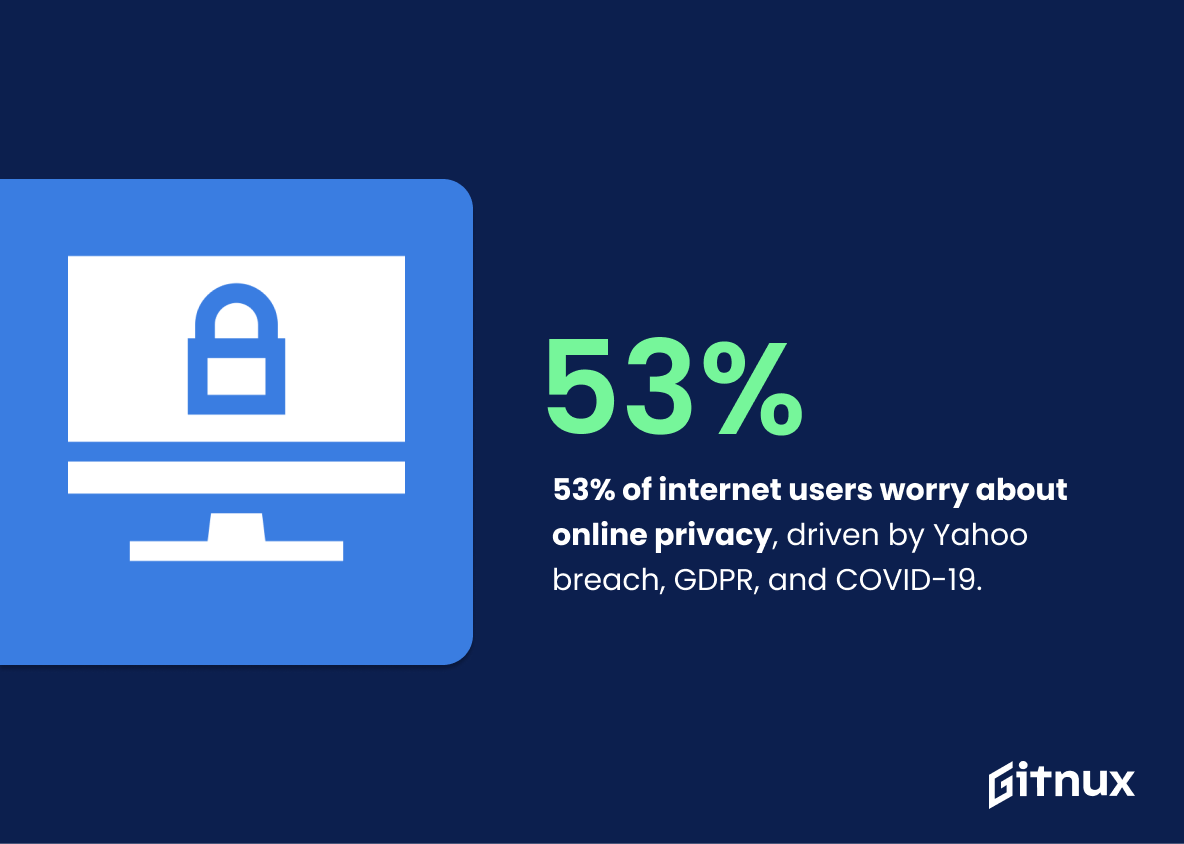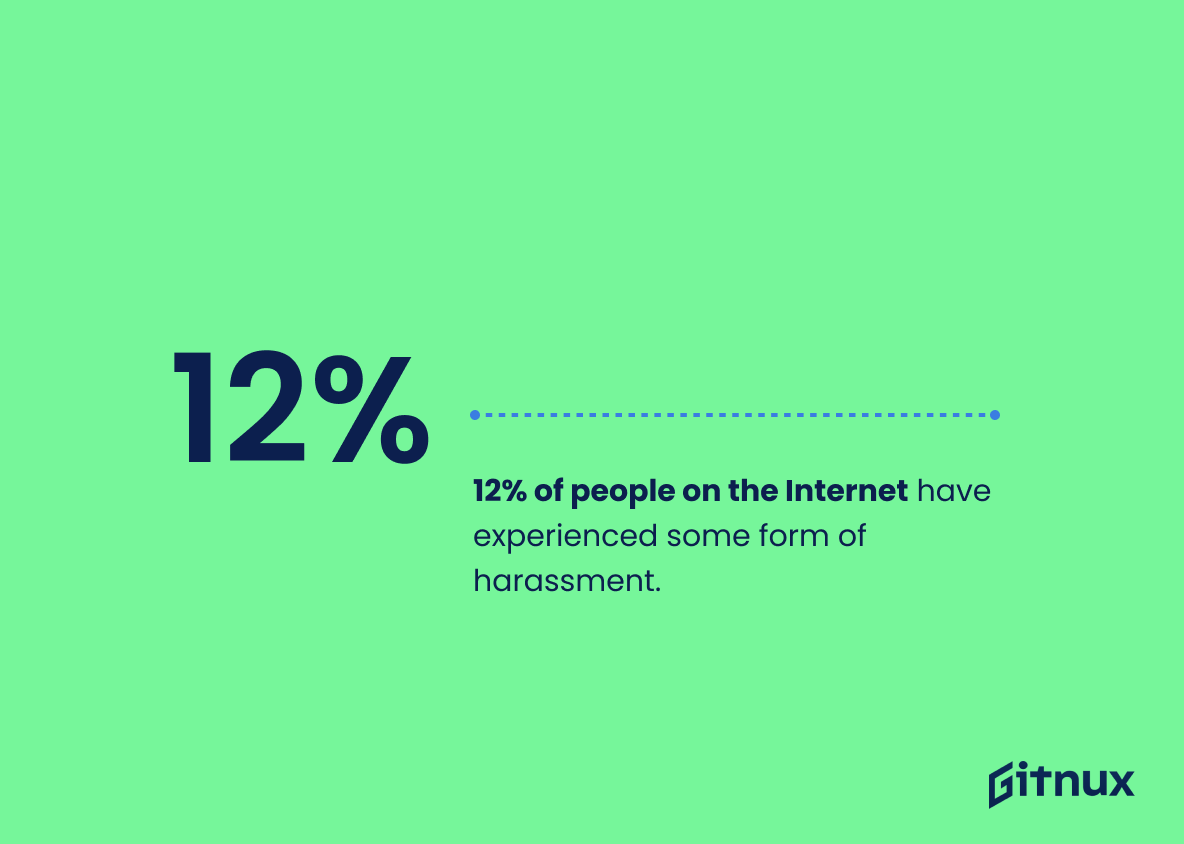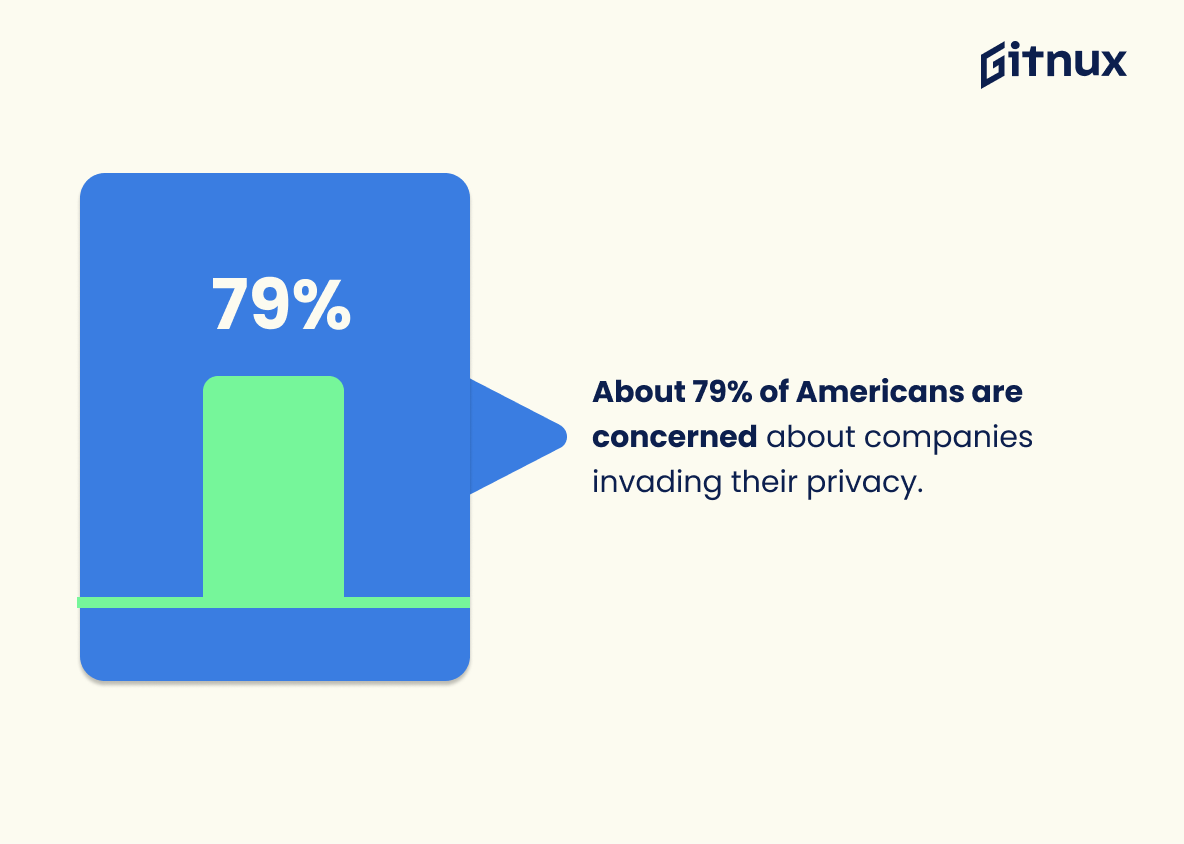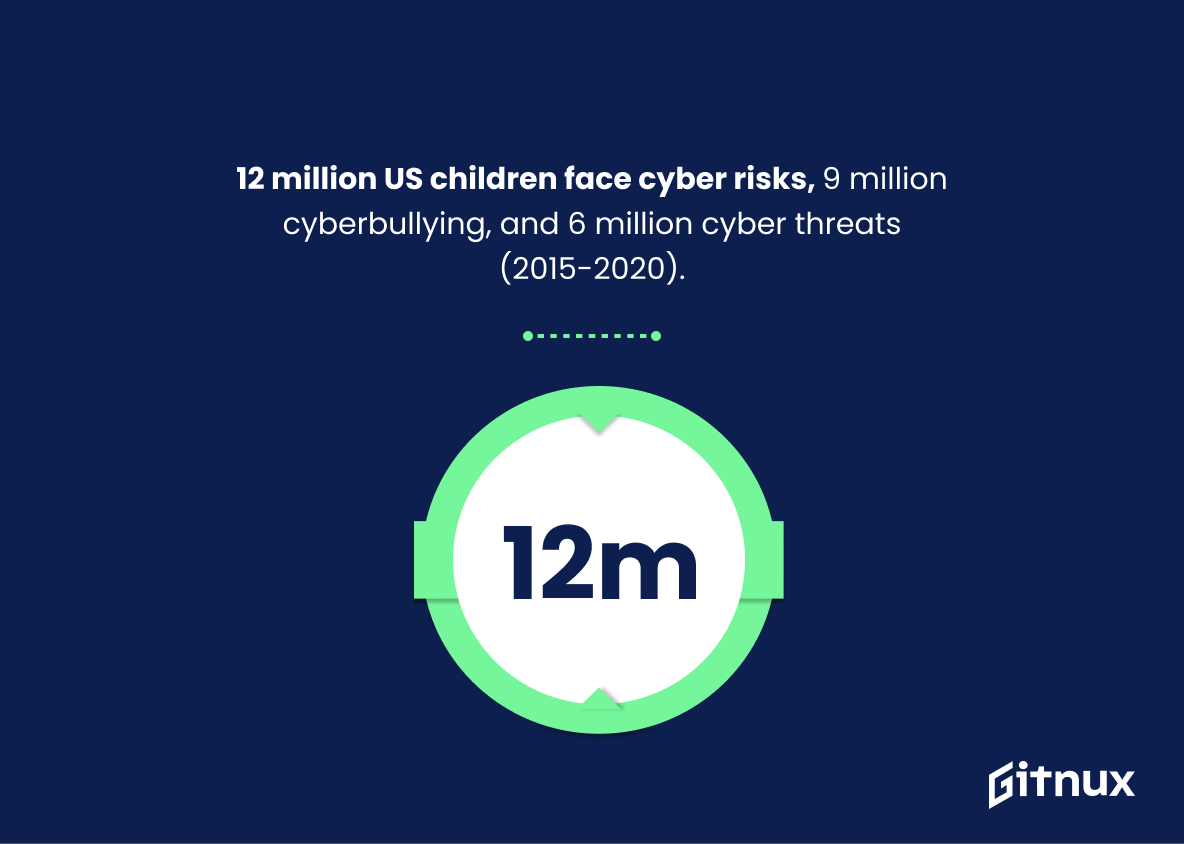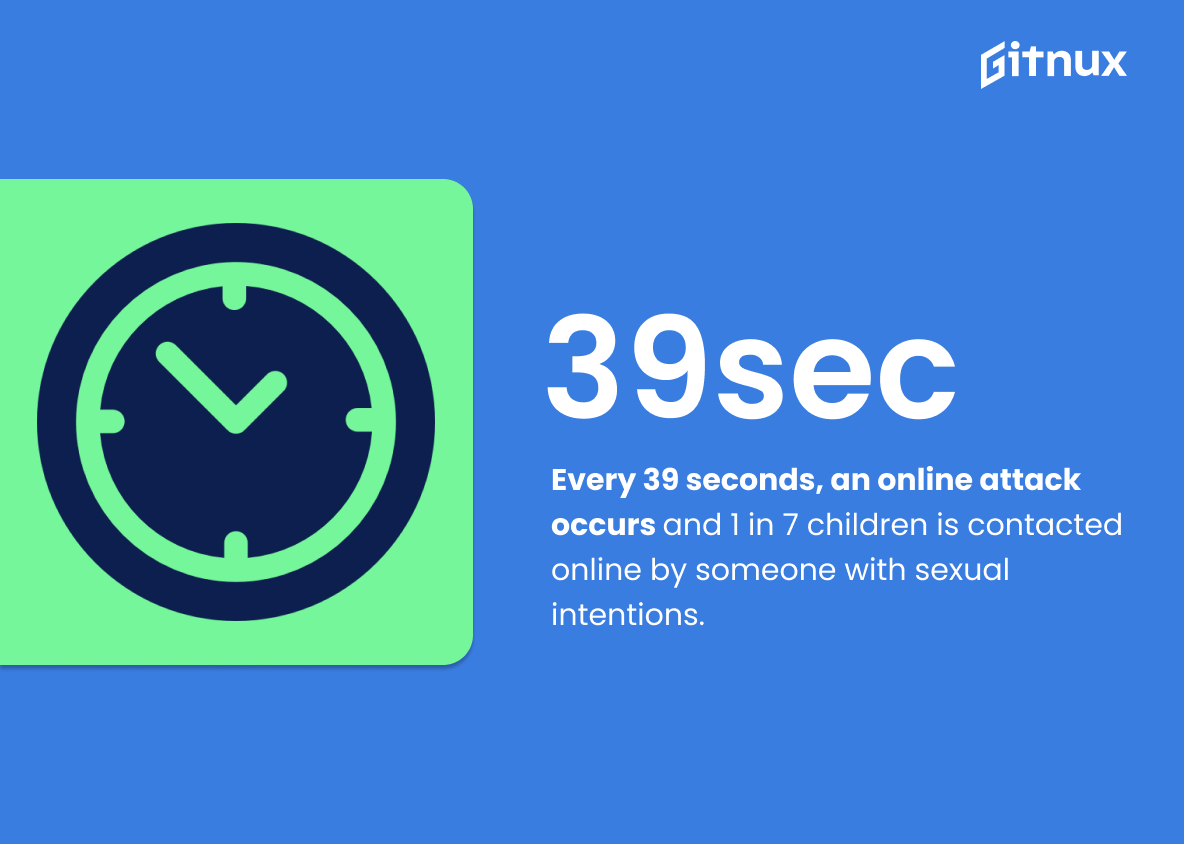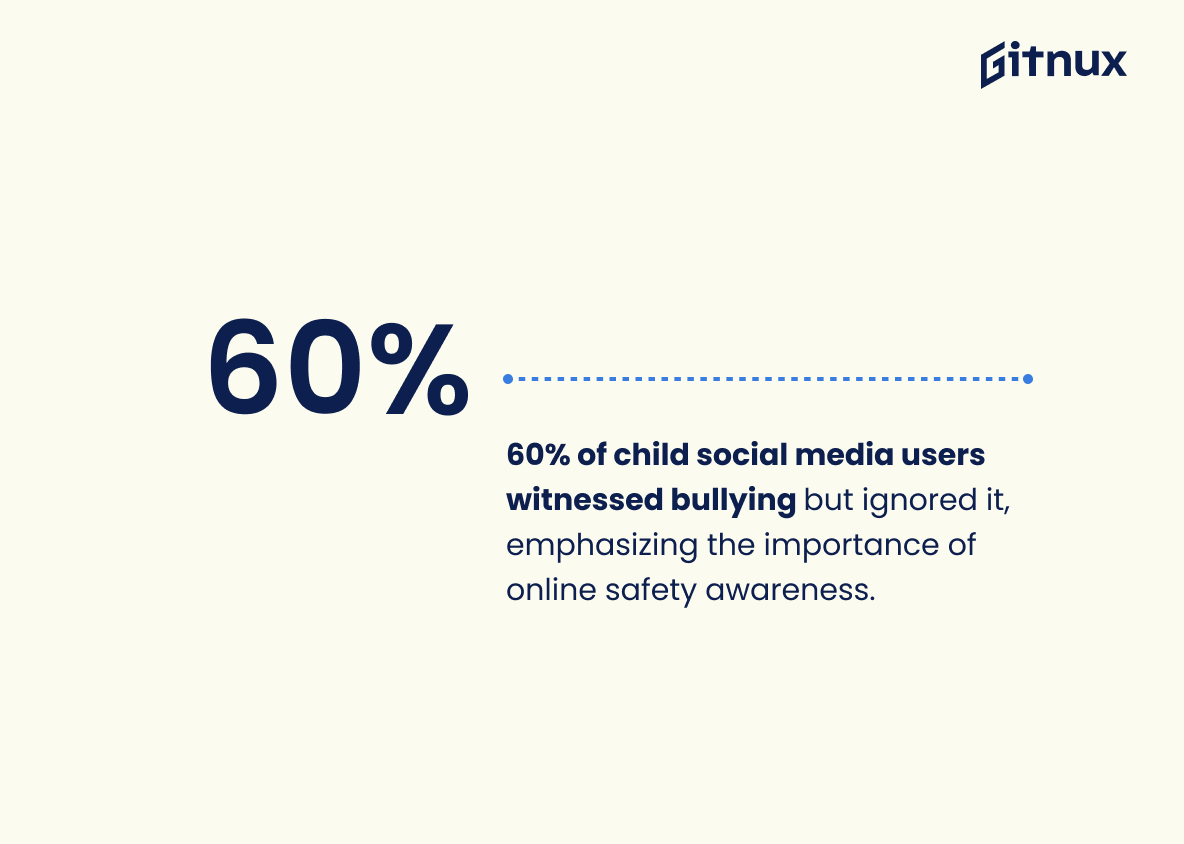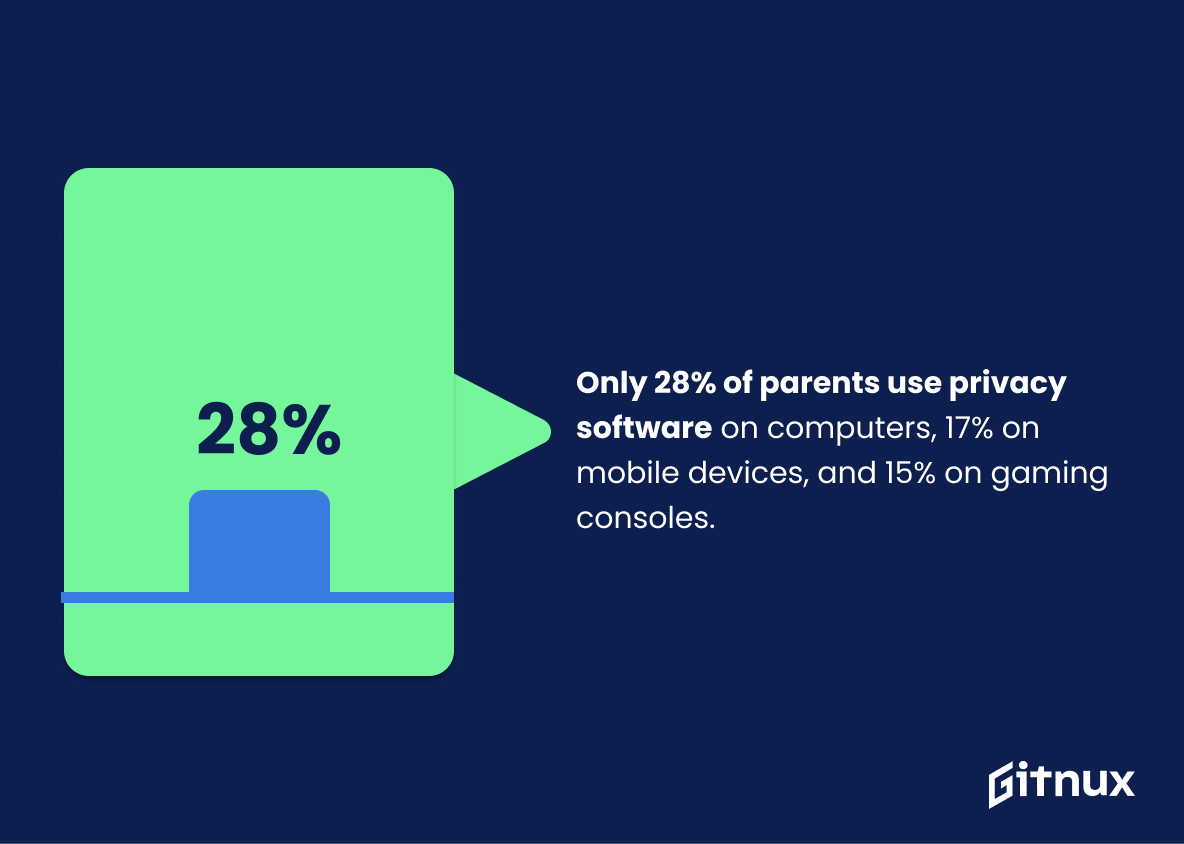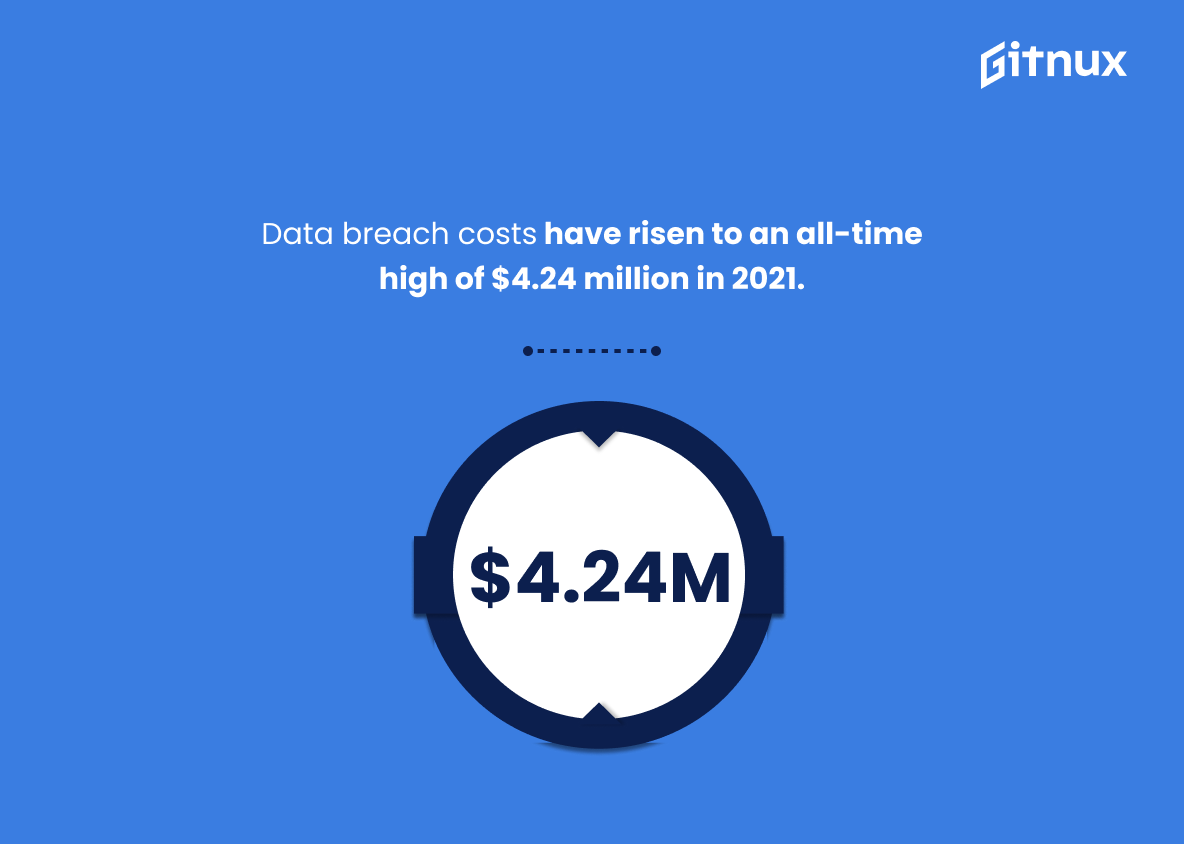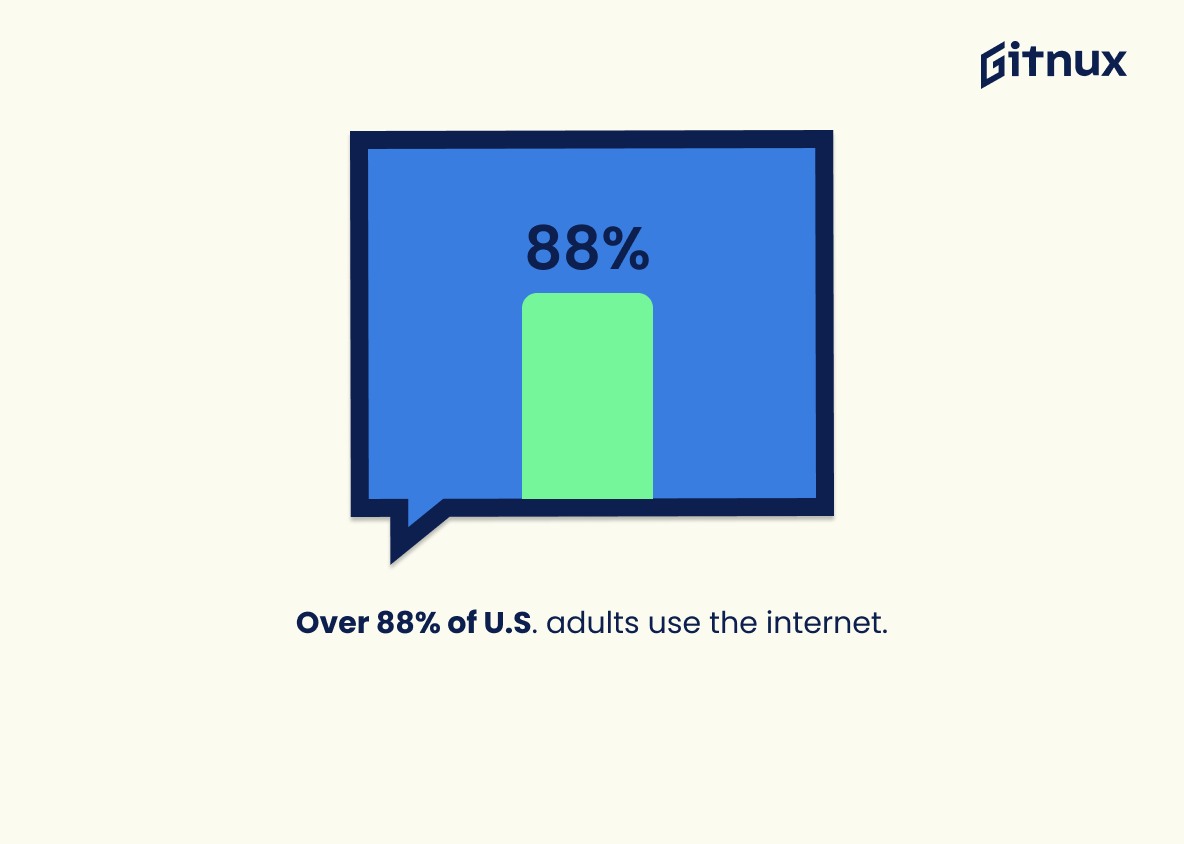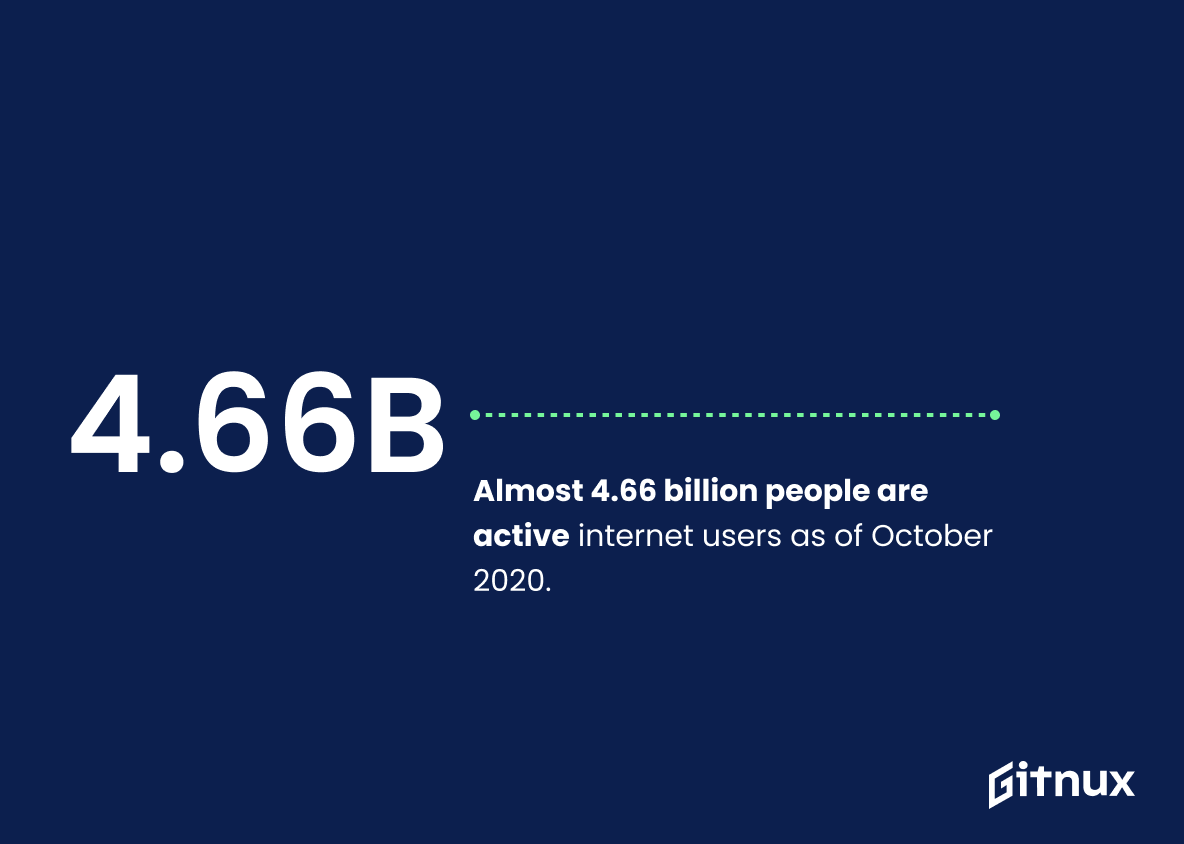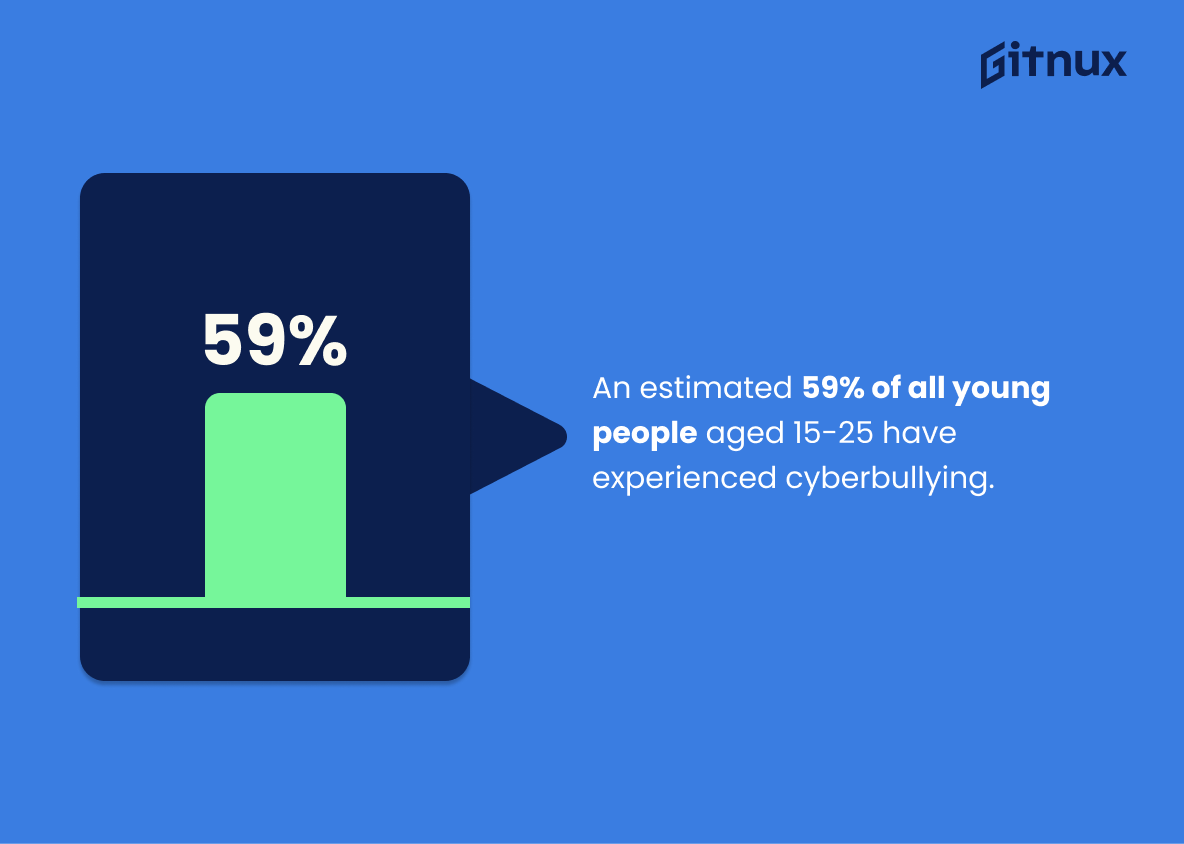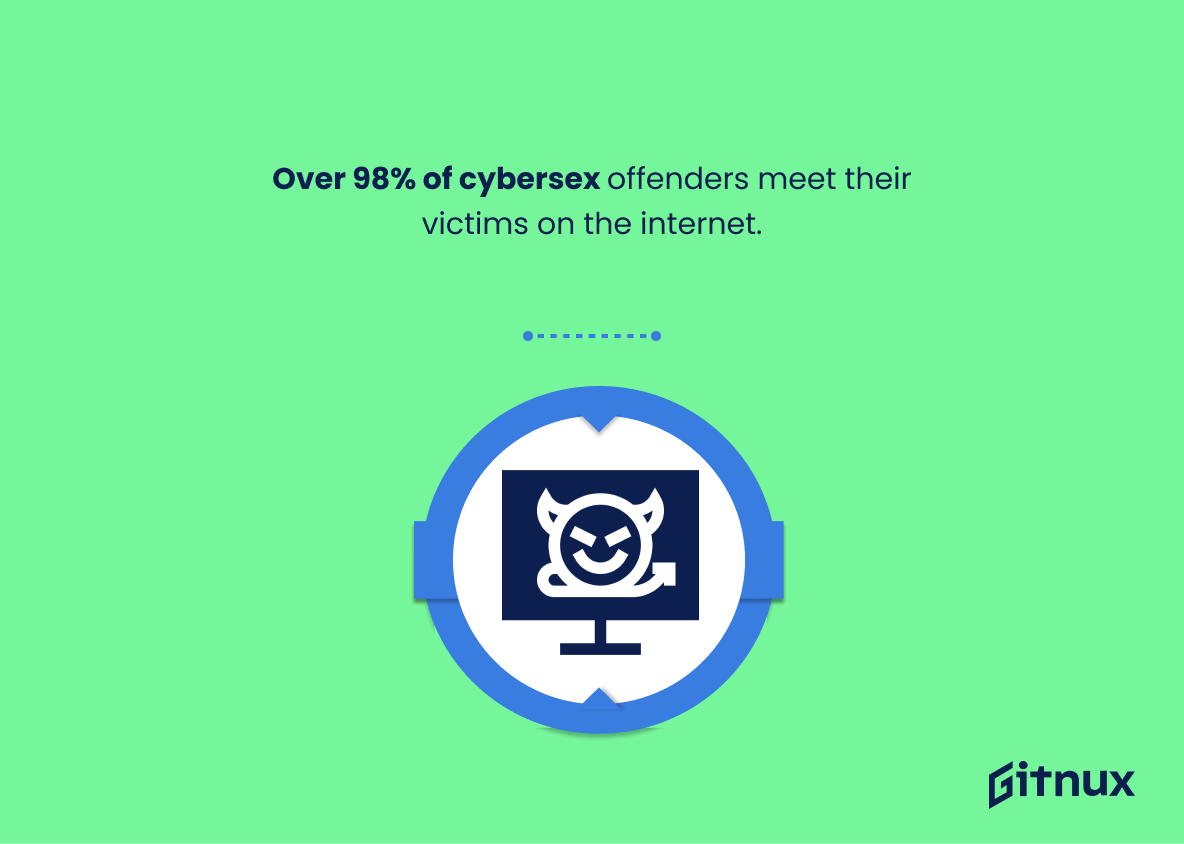The internet has become an essential part of our lives. We use it for work, entertainment, and communication. But with the convenience of the internet comes some risks.
In this blog post, we will look at some of the latest internet dangers statistics and discuss how you can protect yourself and your family from these threats. We will also discuss the importance of staying informed and taking precautions to ensure your online safety.
Check out our latest Internet Safety Statistics
Internet Dangers: The Most Important Statistics
12 million children in the US are exposed to cyber risks, 9 million are affected by cyberbullying, and
6 million experienced cyber threats from 2015-2020.
Only 28% of parents have installed software to protect their online privacy on computers, 17% on mobile devices, and 15% on gaming consoles.
Internet Dangers: Statistics Overview
53% of internet users are concerned about protecting their privacy online, a concern that has been heightened by the Yahoo data breach, the European GDPR, and the COVID-19 pandemic.
There is a growing concern among internet users about their privacy online. It highlights the need for increased awareness and education about cybercrime and the importance of taking steps to protect one’s privacy online.
50% of American adults are worried about the amount of personal information about them online, while 47% are not confident they understand what will be done with their data once collected.
This statistic shows that there is a lack of understanding among American adults of the potential dangers of their personal data being collected online. This lack of understanding can lead to people not taking the necessary precautions to protect their data, which can lead to them becoming victims of online scams, identity theft, and other malicious activities.
12% of people on the Internet have experienced some form of harassment.
Online harassment can have serious implications for the safety and well-being of vulnerable populations. It is a reminder that even though the internet can be a great source of information and connection, there are still risks involved in using it. It is important to take measures to protect yourself from abuse and harassment online.
About 79% of Americans are concerned about companies invading their privacy.
The majority of Americans are aware of the potential dangers posed by companies invading their privacy. It shows that people are taking steps to protect themselves online, such as using privacy settings and avoiding giving out personal information. It also underscores the importance of using secure websites and engaging in safe online practices.
12 million children in the US are exposed to cyber risks, 9 million are affected by cyberbullying, and 6 million experienced cyber threats from 2015-2020.
It highlights the prevalence of cybercrimes against children and the need for increased awareness and safety measures to protect children from online risks.
Every 39 seconds, an online attack occurs and 1 in 7 children is contacted online by someone with sexual intentions.
This highlights the prevalence of online attacks and the potential for children to be targeted by predators. It emphasizes the need for increased awareness and safety measures to protect both adults and children from the dangers of the internet.
69% of teens receive online communications from strangers without informing a parent or caretaker, highlighting the need for increased parental awareness of online dangers. 95% of American teens aged 13-17 have access to smartphones, 90% have access to desktop or laptop computers, and 80% have access to gaming consoles.
This statistic matters in the context of Internet dangers statistics because it shows the prevalence of digital devices among teens, which makes them more susceptible to online risks.
Approximately 60% of children who use social media have witnessed some form of bullying and have ignored it, highlighting the need for increased awareness of internet dangers and how to protect children from them.
This statistic is important because it highlights the need for increased awareness of internet dangers and how to protect children from them. It shows that even though children are aware of the risks they face online, they are not taking the necessary steps to protect themselves. This statistic emphasizes the need for parents to educate their children on the dangers of the internet and how to protect themselves.
Only 28% of parents have installed software to protect their online privacy on computers, 17% on mobile devices, and 15% on gaming consoles.
It shows how few people are taking proactive steps to protect their online privacy, even during a time when people are increasingly relying on the internet for everyday activities. This lack of protection can leave people vulnerable to cyber threats, such as identity theft and data breaches.
Data breach costs have risen to an all-time high of $4.24 million in 2021.
The costs of cybercrime are rising, and businesses need to invest in cybersecurity measures to protect their data and assets. The statistic emphasizes the importance of understanding the emerging threat landscape and staying up-to-date with the latest cybercrime trends in order to protect against potential attacks.
In 2020-2021, there have been 23k cybersecurity incidents worldwide, with Finance being the most targeted global industry sector.
This information highlights the dangers of using the internet for businesses. Cybersecurity incidents can have a serious impact on companies, leading to financial losses, data breaches, and reputational damage. Companies must be aware of the risks associated with digital technologies and take steps to protect themselves.
Supplementary Statistics
Over 88% of U.S. adults use the internet.
This statistic serves as a stark reminder that the dangers of the internet are not something to be taken lightly, as the vast majority of adults are exposed to them.
Almost 4.66 billion people are active internet users as of October 2020.
With such a large number of people connected to the internet, it is essential to be aware of the risks that come with it and to take the necessary steps to protect oneself.
An estimated 59% of all young people aged 15-25 have experienced cyberbullying.
This highlights the need for greater awareness and education about the dangers of the internet, and the importance of taking steps to protect young people from the potential harms of cyberbullying.
Over 98% of cybersex offenders meet their victims on the internet.
The internet can be a dangerous place, and that it is important to be aware of the risks associated with it. It also serves as a warning to parents and guardians to be vigilant when it comes to their children’s online activities, and to ensure that they are aware of the potential risks of engaging in cybersex.
Phishing attacks account for over 80% of reported security incidents.
The majority of reported security incidents are due to phishing, and users should take extra precautions to protect themselves from these malicious attacks.
More than 978 million people in 20 countries were affected by cybercrime in 2017.
This serves as a warning to all internet users that cybercrime is a real and present threat, and that it is essential to take the necessary precautions to protect yourself online.
There is a hacker attack every 39 seconds on average, affecting one in three Americans each year.
It spotlights the need for individuals to be aware of the dangers of the internet and to take steps to protect themselves from malicious attacks. It also serves as a warning to businesses and organizations to invest in robust security measures to protect their data and systems from malicious actors.
Nearly 36% of users report being targeted by malware or phishing campaigns on social media.
Even the most seemingly innocuous platforms can be used to target unsuspecting users with malicious software and phishing scams. It is a warning to all users to be vigilant and take the necessary precautions to protect themselves online.
56% of people have experienced at least one incident of online harassment.
Thus, there is a need for increased awareness and education about the dangers of the Internet, as well as the need for better enforcement of existing laws and regulations to protect people from online harassment.
1 in 5 Americans have experienced severe forms of harassment online, such as threats of violence.
This serves as a warning to those who use the internet, emphasizing the importance of being aware of the risks and taking steps to protect oneself. It also serves as a call to action, urging people to take a stand against online harassment and to work together to create a safer online environment.
86% of consumers limit the information that they share with brands due to concerns about privacy and security.
It highlights the need for businesses to take extra precautions when handling customer information, as the majority of consumers are wary of the potential risks associated with sharing their data online. This is especially pertinent in the context of a blog post about Internet Dangers Statistics, as it serves to emphasize the importance of safeguarding personal information in the digital world.
In 2021, the number of cybercrime victims is predicted to reach 2.5 billion.
Cybercrime is a growing problem, and that it affects a huge number of people. It is a call to action for everyone to take steps to protect themselves online, and to be aware of the risks associated with using the internet.
Ransomware attacks are expected to cost businesses over $20 billion in 2021.
Companies need to take the necessary steps to protect their data and systems from malicious actors. It also highlights the importance of staying informed about the latest internet dangers and taking the necessary steps to protect against them.
Nearly 306,000 new malicious websites are detected every month, most of which are related to phishing.
Users need to remain vigilant and take steps to protect themselves from malicious websites. It also serves as a warning to those who may be unaware of the risks associated with online activity, and the importance of being aware of the potential dangers.
94% of malware is delivered via email.
This shows the prevalence of malicious software being sent through email. It serves as a warning to be vigilant when opening emails, as even the most innocuous-looking messages could contain malicious code. This statistic is a reminder that the internet can be a dangerous place, and that caution should be taken when browsing online.
Conclusion
In conclusion, the statistics surrounding internet dangers are alarming and should not be taken lightly. It is important to be aware of the potential risks that come with using the internet and to take the necessary steps to protect yourself and your family. By educating yourself on the dangers of the internet, you can help to ensure that you and your family are safe online.
References
1 – https://www.statista.com/topics/8002/online-privacy-worldwide/#topicHeader__wrapper
2 – https://enough.org/stats_internet_safety
3 – https://surfshark.com/research/cybersecurity-for-kids/statistics
4 – https://screenandreveal.com/internet-safety-statistics/
5 – https://www.guardchild.com/statistics/
6 – https://www.pewresearch.org/internet/2022/08/10/teens-social-media-and-technology-2022/
7 – https://usa.kaspersky.com/resource-center/threats/top-seven-dangers-children-face-online
8 – https://crime-stoppers.org/cyber-safety-overview/
9 – https://purplesec.us/resources/cyber-security-statistics/#Cybercrime
10 – https://www.statista.com/topics/1731/smb-and-cyber-crime/
11 – https://www.comscore.com
12 – https://www.symantec.com
13 – https://www.unicef-irc.org
14 – https://atlasvpn.com
15 – https://www.statista.com
16 – https://www.csoonline.com
17 – https://www.ncbi.nlm.nih.gov
18 – https://www.itu.int
ZipDo, cited June 2023: Internet Dangers Statistics
